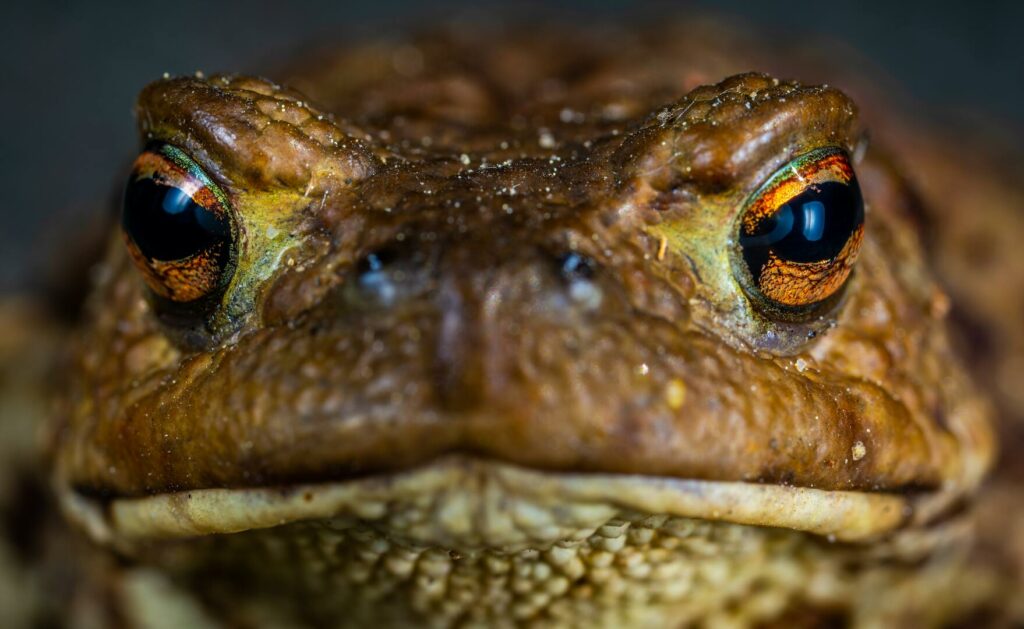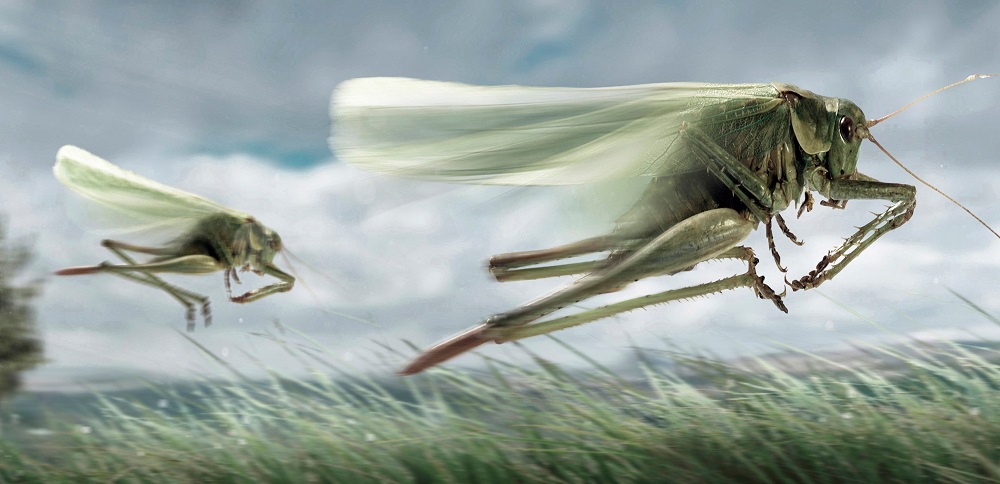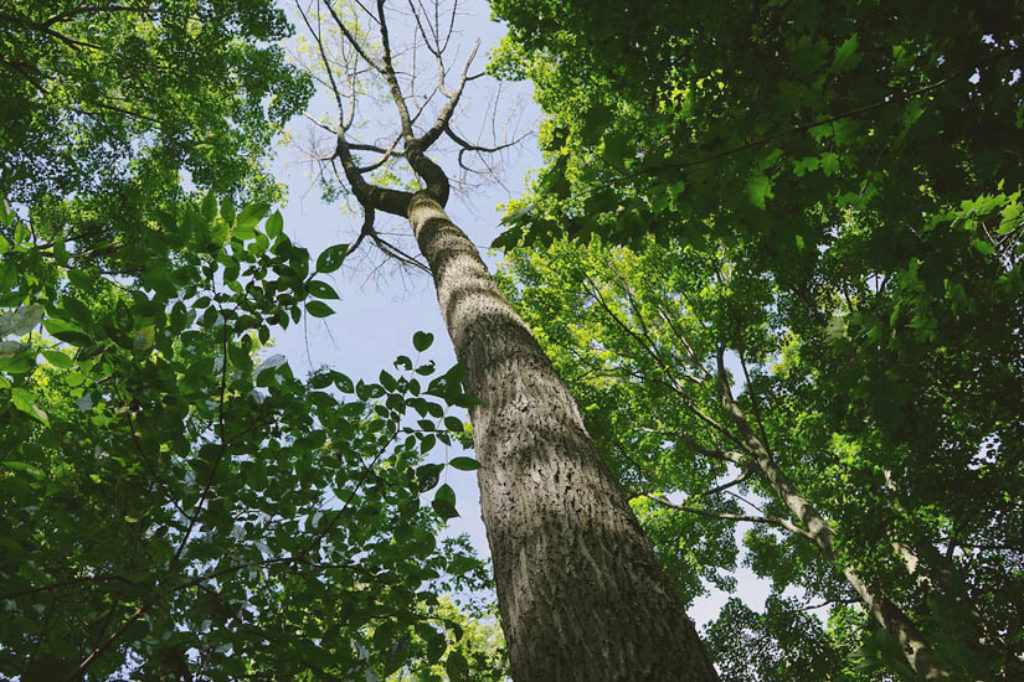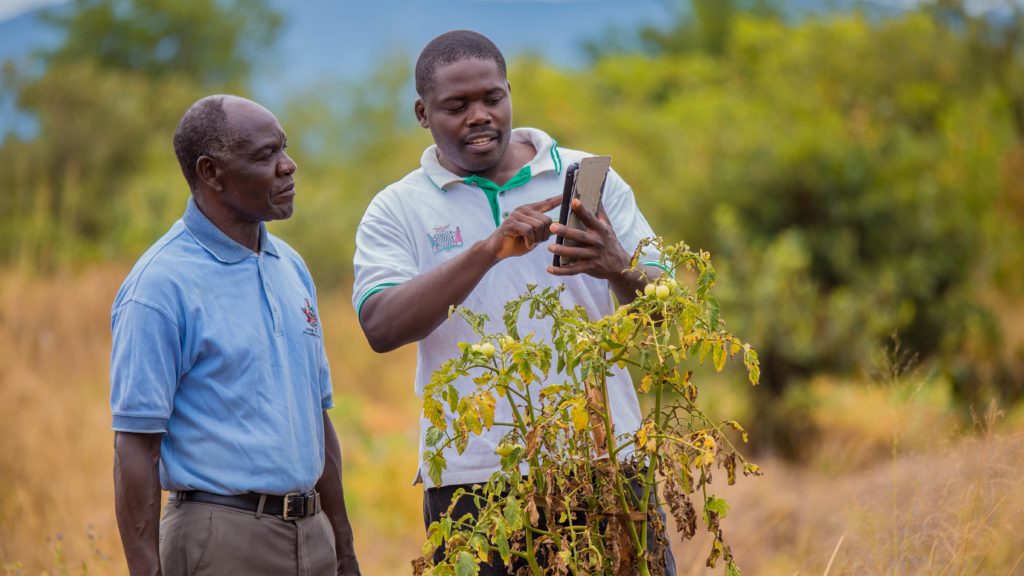On Earth Day, we take a look at the sustainable control of invasive species
Today is Earth Day – a day when people around the world show their support for environmental protection. CABI’s vision is for a world in which the agricultural sector is embedded in a healthy and climate resilient landscape with clean water and air, healthy soils and functional ecosystem services, and where biodiversity is safeguarded through…
Dogs can sniff out huanglongbing months before symptoms appear
Study finds that using dogs to survey for citrus greening disease is more accurate and efficient than current methods. Huanglongbing, or citrus greening disease, is a bacterial disease of citrus plants cause by Candidatus Liberibacter spp. It is thought to have been primarily an insect endophyte, but made the jump to its alternative host – citrus plants…
European ash trees resist devastating insect pest
Ash trees may be more prepared to face invasive threats than previously realised. The European ash (Fraxinus excelsior) is a common site in towns, forests and parkland across the United Kingdom. Since the 1990s, ash trees across Europe have been devastated by ash dieback, a disease caused by the fungal pathogen (Hymenoscyphus fraxineus), which has…
Invasives Most Read 2019
As 2019 draws to a close, we have crunched the numbers and pulled together the year’s most read articles. Plus some firm favourites. Fall armyworm continues to be a popular topic for our readers and this year, blogs on biocontrol efforts to control the invasive caterpillar make the top 20. CABI’s Pest Risk Analysis tool…
Invading Europe’s waterways: the crayfish occupation
Crayfish are freshwater crustaceans that can be found in a range of freshwater habitats, from fast-flowing rivers to swamps and ditches. Even in places where they are abundant, they are secretive and not commonly seen, so the ongoing widespread invasion by non-native crayfish species is unknown to many.
A Plague of Cactus
By Susan Moran. Reblogged from bioGraphic. Across Kenya’s wildlife-rich Laikipia Plateau, a thorny enemy is advancing. But a tiny sap-sucking insect may help save the region’s animals and people. Before the sun has peeked above the horizon, Philip Nangoo Larpei, a Maasai elder in his 60s or 70s (he hasn’t kept track), is already outside checking…
Shedding light on the biodiversity impacts of the tomato leafminer
The ecological effects of a widespread crop pest The tomato leafminer Tuta absoluta is one of the most widespread and impactful invasive crop pests in the world. First reported in Peru in 1914, the tomato leafminer is now recorded throughout South America, Africa and Europe and is estimated to infest 60% of all cultivated tomatoes worldwide. Recent studies…
Invasive tadpoles can recognise potential predators in new environments
By Natasha Kruger. Reblogged from The Conversation. Invasive species have become an increasingly big threat to indigenous ones as the spread of alien animals and plants has accelerated with the growth of global trade. Some can be very destructive, while some live in close proximity without posing any sort of threat. Understanding the behaviour of invasive…










